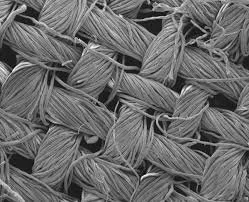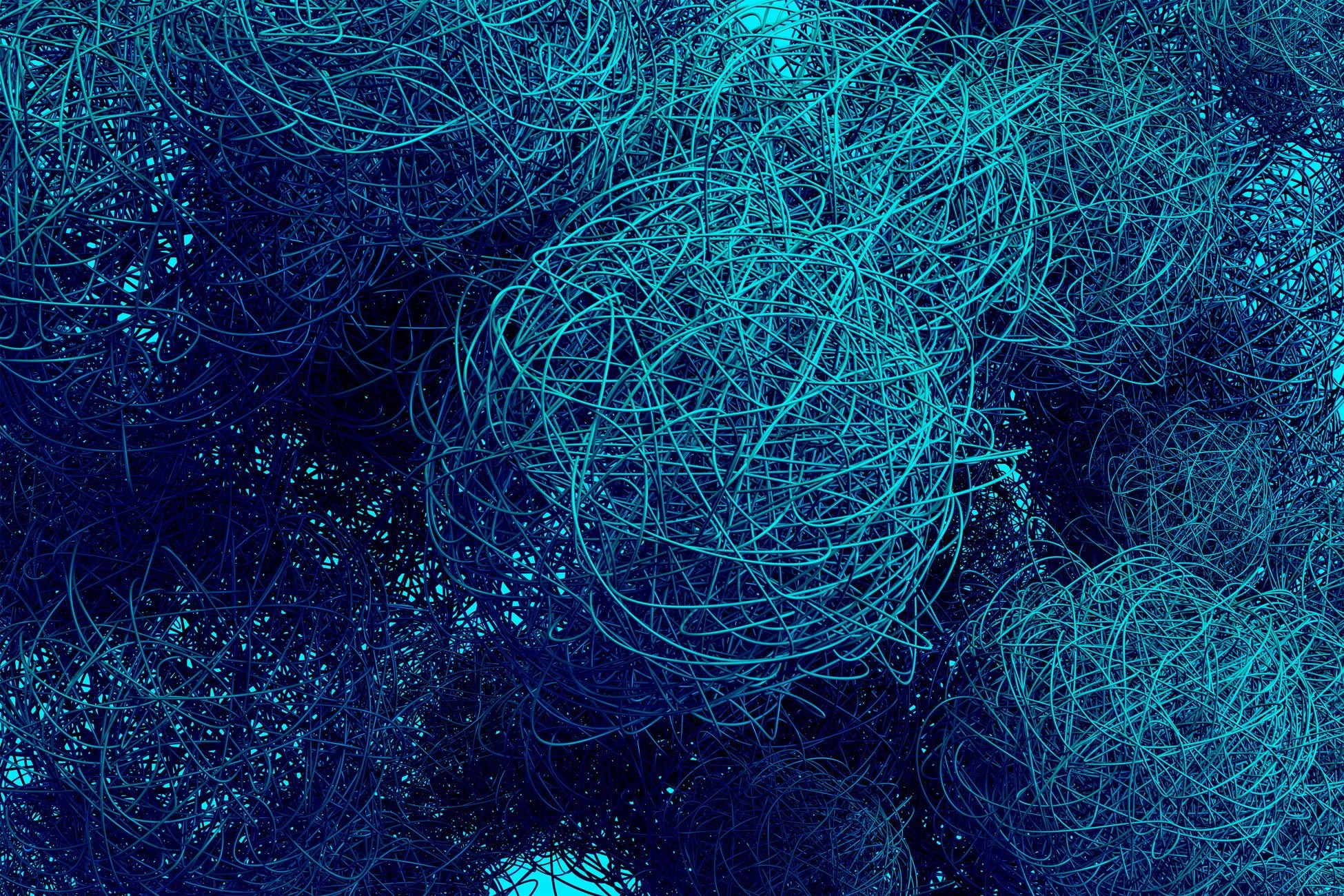The days of needing to repair a hole in your favorite EDC, IFAK, or tent might soon be coming to an end thanks to new compounds and nano-fabric that can seemingly self-heal.
One Gel of a Solution!
The first of these regenerative materials is a liquid made from yeast and bacteria, which reacts to heat and friction. Researchers at Penn State have developed the
Researchers at Penn State have developed a new liquid made from yeast and bacteria that react to heat and friction. Applying the compound to standard fabrics such as polyester, wool, and cotton, they were able to cause the materials to bind back together in torn areas.
Melik Demirel, a professor of Engineering Science and Mechanics at Penn State, explains useful ways self-healing fabric gel can work:
“Textile manufacturers can coat already-made fabric with the liquid. The coated fabric then has a self-repair ability automatically built into it. Additionally, cloth can be made using fiber that’s actually produced with the [liquid] protein. This way, the cloth will inherently have the ability to self-repair with the application of pressure and water.”
Researchers envision using the gel as a thin layer on chemically protective suits or on military clothing to protect soldiers from biological weapons.
To repair torn fabrics, all one has to do is squeeze a drop of the miraculous liquid onto the puncture hole or tear, apply warm water, and then smooth over and apply pressure for one minute. This quick and easy process repairs the damaged area leaving no trace of having ever occurred. The liquid does not alter the appearance or the texture of the original fabric.
Nano To The Rescue
Another self-healing fabric innovation making headlines is a resealing technology called Nano Cure Tech (NCT) by Imperial Motion.
In 2016, the small American lifestyle brand created a Kickstarter to help fund their dream of building and patenting a material that could last a lifetime - through love and wear. Waterproof and self-repairing jackets, backpacks, and tents mean being able to spend more time comfortably outdoors. NCT can heal small holes and punctures that might otherwise leak water and make a person vulnerable to the elements.
So how does Nano Cure Tech work?
The fabric is a resealing ripstop, a woven material that reinforces itself through wear and strain with a crosshatch pattern, making it exceptionally resistant to perforations. While this technology currently only heals small holes (the size of a large nail), the potential for bigger and better developments is inevitable.
ASK A MANUFACTURING MASTER
Innovative advancements such as these show how textiles are an essential element in shaping our future. As such things as self-healing fabrics will lead our industry down a more sustainable and growth-focused path, manufactures have to remain agile enough to incorporate the new material into their production lines and develop new technologies to shape them into the products of our future.
CustomFab USA’s in-house workforce, custom tooling, and RF welding abilities are all located in Garden Grove, California, offering clients protection of their Intellectual Property and convenient accessibility to the facility that is helping to bring their ideas to life.
CONTRACT SEWING GURU ARCHIVE
- AI in Manufacturing
- American Manufacturing
- Announcements
- Business Efficiency
- Business Strategy
- Compliance
- Contract Sewing
- Contract Sewing History
- Cut and Sew Technology
- Design Inspiration
- Environmental Impact
- Hardware
- Industrial Sewing
- Industry Tips
- Industry Updates
- LEAN
- Made in America
- Made in the USA
- Manufacturing
- Manufacturing Interview
- Manufacturing Partnership
- Manufacturing Technology
- Master Makers Series
- Medical
- Military Gear
- Patriotic
- Policy & Compliance
- Quality Control
- Reshoring
- Sewing Contractor Trends
- Sewing News
- Skilled Sewing Workforce
- Sporting Goods
- Supply Chain Management
- Sustainable Manufacturing
- Tax Incentives
- Textile Innovation
- Threads of Transformation
- White Label Benefits
- contract sewing tips












